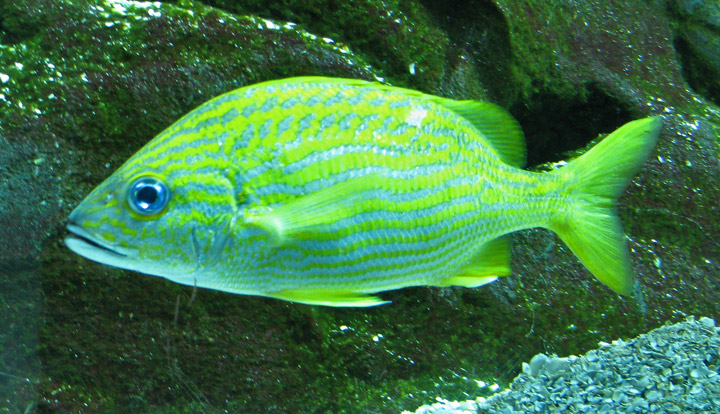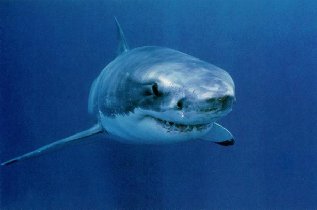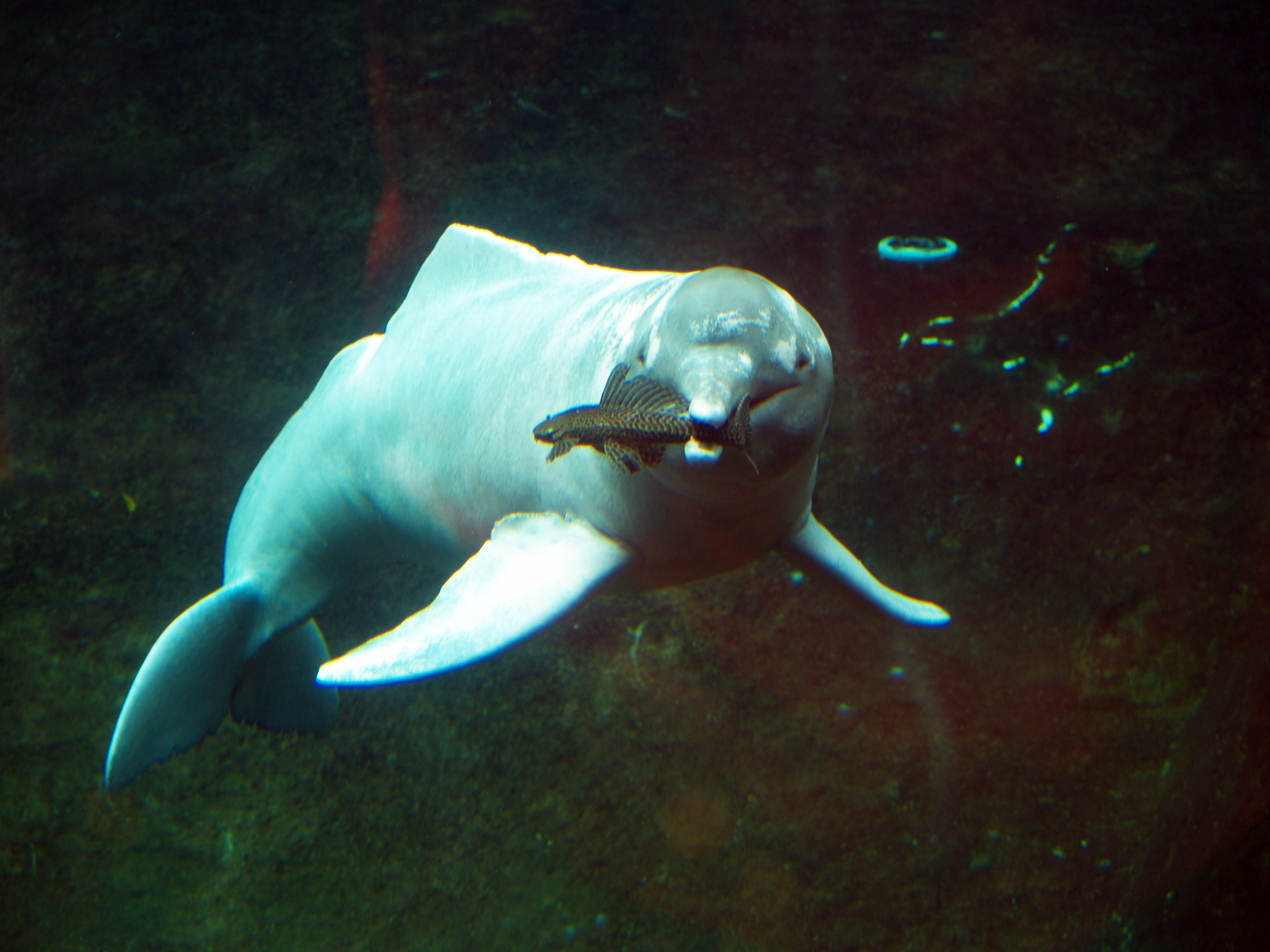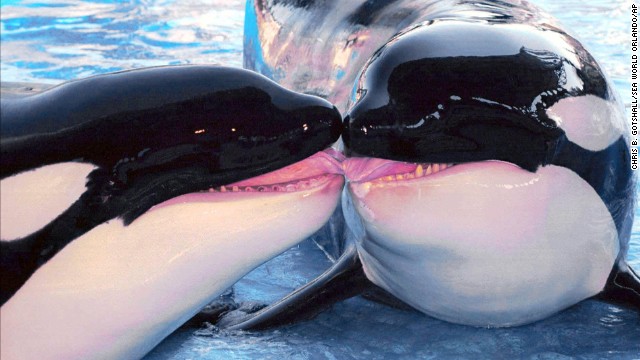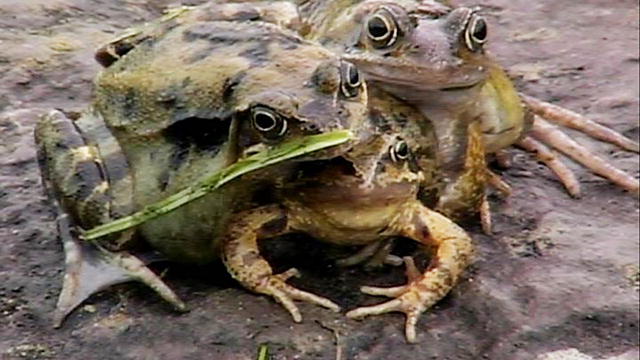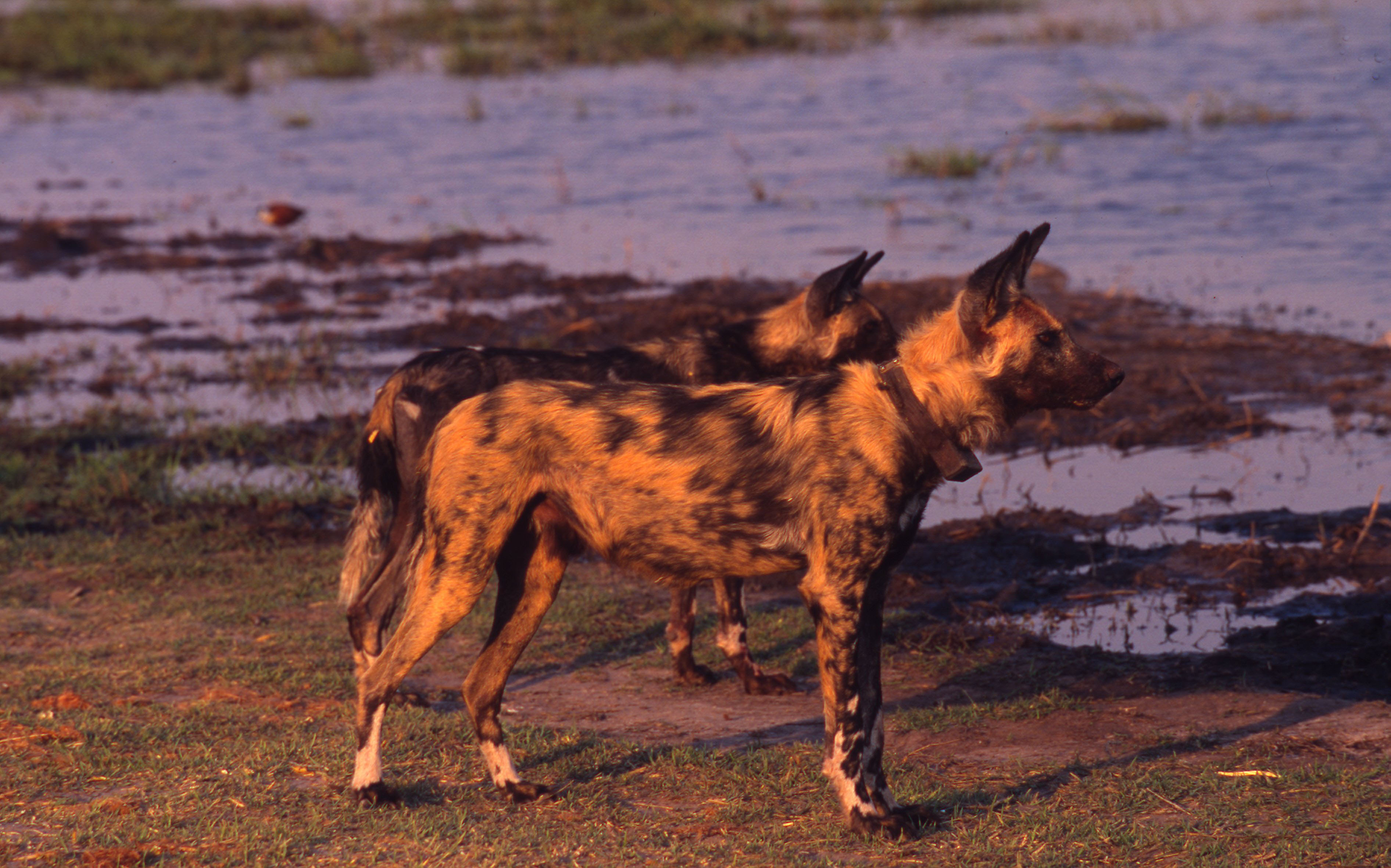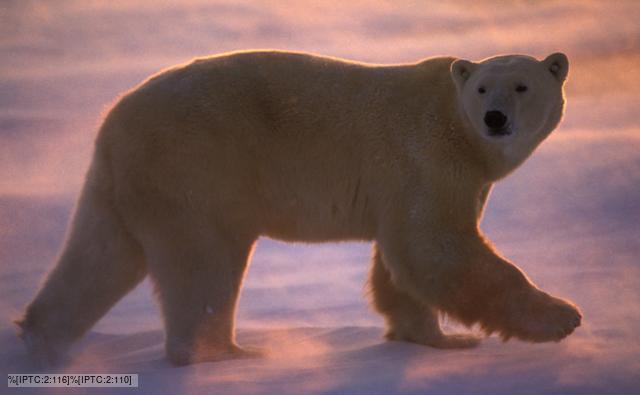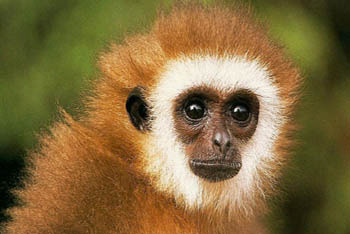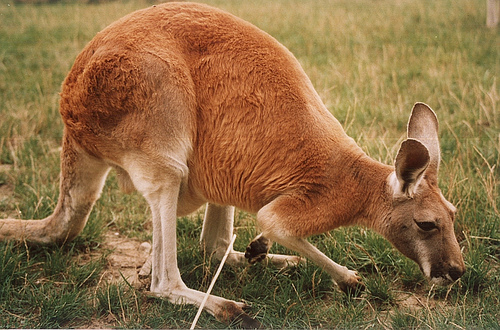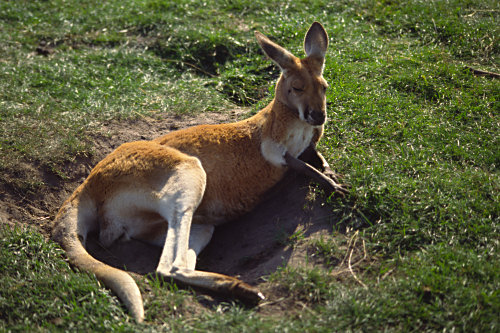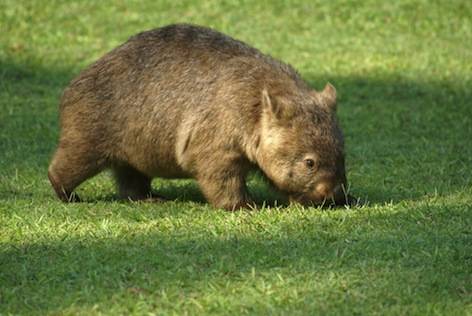Aquatic Animals Biography
Source Link Goggle.com.pkMarine biology is the scientific study of organisms in the ocean or other marine or brackish bodies of water. Given that in biology many phyla, families and genera have some species that live in the sea and others that live on land, marine biology classifies species based on the environment rather than on taxonomy. Marine biology differs from marine ecology as marine ecology is focused on how organisms interact with each other and the environment, while biology is the study of the .
A large proportion of all life on Earth exists in the ocean. Exactly how large the proportion is unknown, since many ocean species are still to be discovered. The ocean is a complex three-dimensional world[3] covering about 71% of the Earth's surface. The habitats studied in marine biology include everything from the tiny layers of surface water in which organisms and abiotic items may be trapped in surface tension between the ocean and atmosphere, to the depths of the oceanic trenches, sometimes 10,000 meters or more beneath the surface of the ocean. Specific habitats include coral reefs, kelp forests, seagrass meadows, the surrounds of seamounts and thermal vents, tidepools, muddy, sandy and rocky bottoms, and the open ocean (pelagic) zone, where solid objects are rare and the surface of the water is the only visible boundary. The organisms studied range from microscopic phytoplankton and zooplankton to huge cetaceans .
Marine life is a vast resource, providing food, medicine, and raw materials, in addition to helping to support recreation and tourism all over the world. At a fundamental level, marine life helps determine the very nature of our planet. Marine organisms contribute significantly to the oxygen cycle, and are involved in the regulation of the Earth's climate.[4] Shorelines are in part shaped and protected by marine life, and some marine organisms even help create new land.[5]
Many species are economically important to humans, including food fish (both finfish and shellfish). It is also becoming understood that the well-being of marine organisms and other organisms are linked in very fundamental ways. The human body of knowledge regarding the relationship between life in the sea and important cycles is rapidly growing, with new discoveries being made nearly every day. These cycles include those of matter (such as the carbon cycle) and of air (such as Earth's respiration, and movement of energy through ecosystems including the ocean). Large areas beneath the ocean surface still remain effectively unexplored.The earliest instances of the study of Marine Biology can be traced back to Aristotle who made several contributions which laid the foundation for many future discoveries and were the first big steps in the early exploration period of the ocean and marine life.[6] British naturalist, Edward Forbes was also a key player in the history of marine biology and is considered by many as the founder of the science of oceanography and marine biology.[7] Overall, the pace of oceanographic and marine biology studies quickly accelerated during the course of the 19th century.
The observations made in the first studies of marine biology fueled the age of discovery and exploration that followed. During this time, a vast amount of knowledge was gained about the life that exists in the oceans of the world. Many voyages contributed significantly to this pool of knowledge. Among some of the most significant is the H.M.S Beagle where Charles Darwin came up with his theories of evolution and on the formation of coral reefs.[8] Another important expedition is the H.M.S Challenger where findings of unexpectedly high species diversity of fauna stimulated much theorizing by population ecologists on how such varieties of life could be maintained in what was thought to be such a hostile environment.[9] This era was extremely important for the history of marine biology but naturalists were still limited in their studies simply because they lacked certain technology that would allow them to accurately examine the species
The creation of marine labs was important because marine scientists had places to conduct research and process their specimens from expeditions. One of the most important marine labs is Woods Hole Oceanographic Institute where scientists stayed and conducted years of significant research and made many important findings.[10] There were also many technological advances that further enhanced the study of marine biology. For example, sound navigation ranging, scuba diving gear, submersibles and remotely operated vehicles, to name a few, are some of the more impactful technologies in marine biology which allowed naturalists to explore depths of the oceans that people once thought never existed[1he marine ecosystem is large, and thus there are many sub-fields of marine biology. Most involve studying specializations of particular animal groups,
Other subfields study the physical effects of continual immersion in sea water and the ocean in general, adaptation to a salty environment, and the effects of changing various oceanic properties on marine life. A subfield of marine biology studies the relationships between oceans and ocean life, and global warming and environmental issues (such as carbon dioxide displacement).
Recent marine biotechnology has focused largely on marine biomolecules, especially proteins, that may have uses in medicine or engineering. Marine environments are the home to many exotic biological materials that may inspire biomimetic materials.Reptiles which inhabit or frequent the sea include sea turtles, sea snakes, terrapins, the marine iguana, and the saltwater crocodile. Most extant marine reptiles, except for some sea snakes, are oviparous and need to return to land to lay their eggs. Thus most species, excepting sea turtles, spend most of their lives on or near land rather than in the ocean. Despite their marine adaptations, most sea snakes prefer shallow waters nearby land, around islands, especially waters that are somewhat sheltered, as well as near estuaries.[14][15] Some extinct marine reptiles, such as ichthyosaurs, evolved to be viviparous and had no requirement to return to land.Plant life is widespread and very diverse under the ocean. Microscopic photosynthetic algae contribute a larger proportion of the world's photosynthetic output than all the terrestrial forests combined. Most of the niche occupied by sub plants on land is actually occupied by macroscopic algae in the ocean, such as Sargassum and kelp, which are commonly known as seaweeds that creates kelp forests. The non algae plants that survive in the sea are often found in shallow waters, such as the seagrasses (examples of which are eelgrass, Zostera, and turtle grass, Thalassia). These plants have adapted to the high salinity of the ocean environment. The intertidal zone is also a good place to find plant life in the sea, where mangroves or cordgrass or beach grass might grow. Microscopic algae and plants provide important habitats for life, sometimes acting as hiding and foraging places for larval forms of larger fish and invertebrates.Microscopic life undersea is incredibly diverse and still poorly understood. For example, the role of viruses in marine ecosystems is barely being explored even
The role of phytoplankton is better understood due to their critical position as the most numerous primary producers on Earth. Phytoplankton are categorized into cyanobacteria (also called blue-green algae/bacteria), various types of algae (red, green, brown, and yellow-green), diatoms, dinoflagellates, euglenoids, coccolithophorids, cryptomonads, chrysophytes, chlorophytes,
Zooplankton tend to be somewhat larger, and not all are microscopic. Many Protozoa are zooplankton, including dinoflagellates, zooflagellates, foraminiferans, and radiolarians. Some of these (such as dinoflagellates) are also phytoplankton; the distinction between plants and animals often breaks down in very small organisms. Other zooplankton include cnidarians, ctenophores, chaetognaths, molluscs, arthropods, urochordates, and annelids such as polychaetes. Many larger animals begin their life as zooplankton before they become large enough to take their familiar forms. Two examples are fish larvae and sea stars (also called starfishMarine habitats can be divided into coastal and open ocean habitats. Coastal habitats are found in the area that extends from the shoreline to the edge of the continental shelf. Most marine life is found in coastal habitats, even though the shelf area occupies only seven percent of the total ocean area. Open ocean habitats are found in the deep ocean beyond the edge of the continental shelf
Alternatively, marine habitats can be divided into pelagic and demersal habitats. Pelagic habitats are found near the surface or in the open water column, away from the bottom of the ocean. Demersal habitats are near or on the bottom of the ocean. An organism living in a pelagic habitat is said to be a pelagic organism, as in pelagic fish. Similarly, an organism living in a demersal habitat is said to be a demersal organism, as in demersal fish. Pelagic habitats are intrinsically
Marine habitats can be modified by their inhabitants. Some marine organisms, like corals, kelp and seagrasses, are ecosystem engineers which reshape the marine environment to the point where they create further habitat for other organisms.An active research topic in marine biology is to discover and map the life cycles of various species and where they spend their time. Marine biologists study how the ocean currents, tides and many other oceanic factors affect ocean life forms, including their growth, distribution and well-being. This has only recently become technically feasible with advances in GPS and newer underwater visual devices.[citation needed]
Most ocean life breeds in specific places, nests or not in others, spends time as juveniles in still others, and in maturity in yet others. Scientists know little about where many species spend different parts of their life cycles. For example, it is still largely unknown where sea turtles and some sharks travel. Tracking devices do not work for some life forms, and the ocean is not friendly to technology. This is important to scientists and fishermen because they are discovering that by restricting commercial fishing in one small area they can have a large impact in maintaining a healthy fish population in a much larger area far away.
Aquatic Animals Animals Photos Images Mating With Down Syndrome With Names To Draw In The Rainforest Wallpapers With Human Teeth
Aquatic Animals Animals Photos Images Mating With Down Syndrome With Names To Draw In The Rainforest Wallpapers With Human Teeth
Aquatic Animals Animals Photos Images Mating With Down Syndrome With Names To Draw In The Rainforest Wallpapers With Human Teeth
Aquatic Animals Animals Photos Images Mating With Down Syndrome With Names To Draw In The Rainforest Wallpapers With Human Teeth
Aquatic Animals Animals Photos Images Mating With Down Syndrome With Names To Draw In The Rainforest Wallpapers With Human Teeth
Aquatic Animals Animals Photos Images Mating With Down Syndrome With Names To Draw In The Rainforest Wallpapers With Human Teeth
Aquatic Animals Animals Photos Images Mating With Down Syndrome With Names To Draw In The Rainforest Wallpapers With Human Teeth
Aquatic Animals Animals Photos Images Mating With Down Syndrome With Names To Draw In The Rainforest Wallpapers With Human Teeth
Aquatic Animals Animals Photos Images Mating With Down Syndrome With Names To Draw In The Rainforest Wallpapers With Human Teeth
Aquatic Animals Animals Photos Images Mating With Down Syndrome With Names To Draw In The Rainforest Wallpapers With Human Teeth
Aquatic Animals Animals Photos Images Mating With Down Syndrome With Names To Draw In The Rainforest Wallpapers With Human Teeth


